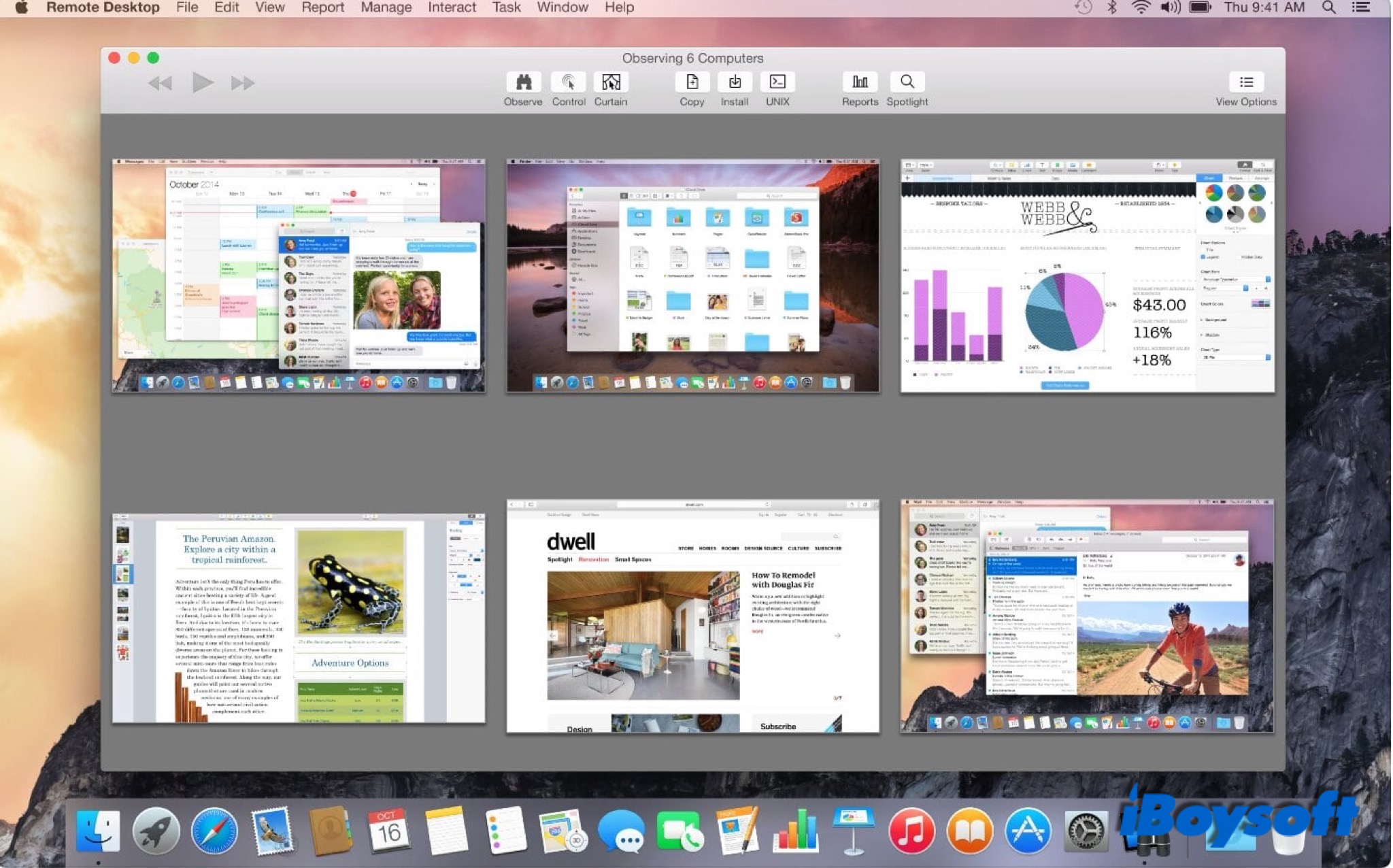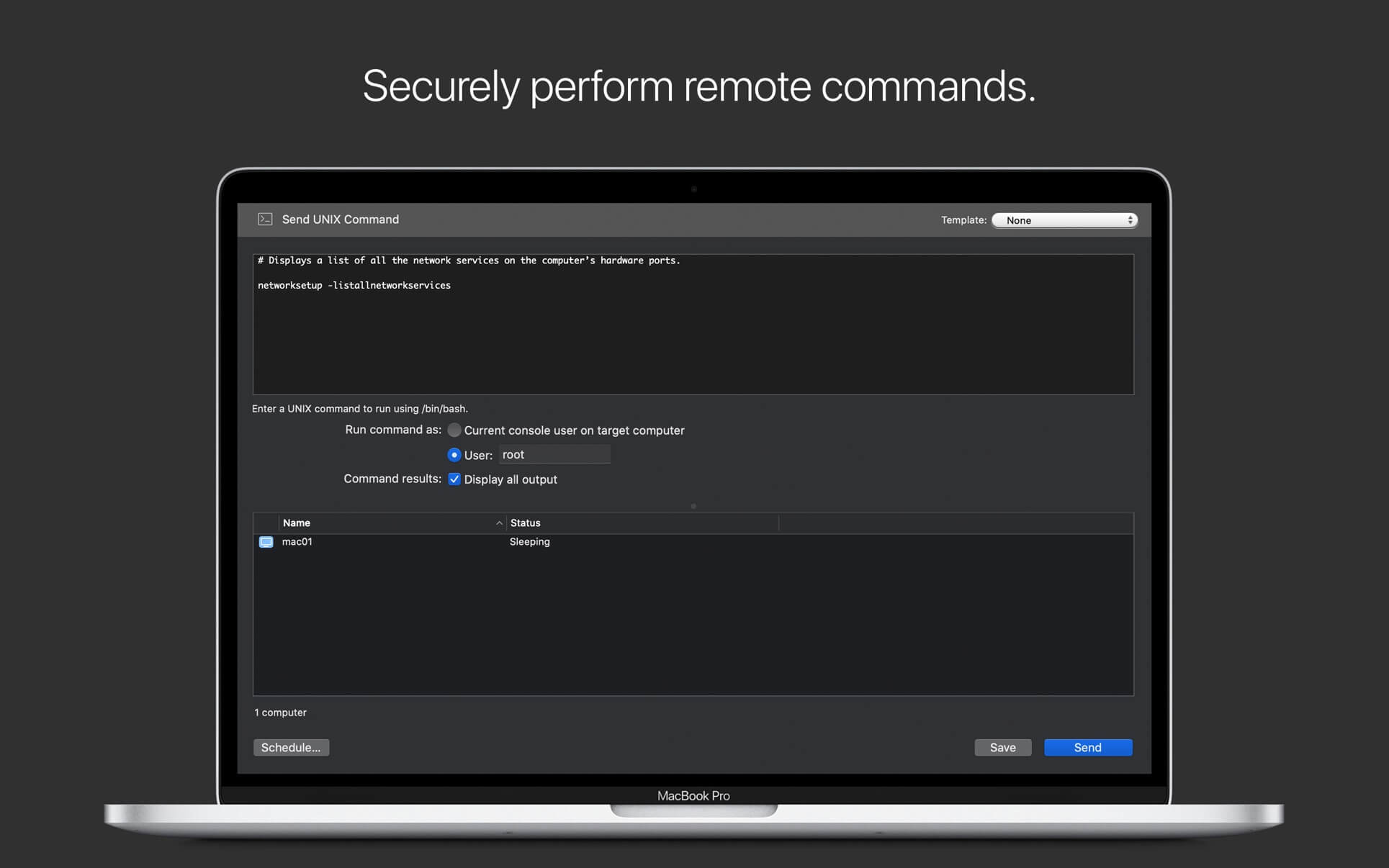Imagine this—you're chilling at home, sipping your favorite coffee, and suddenly you realize you need access to your office IoT desktop setup. Panic sets in because you're nowhere near your office. But wait! There's a solution—remote login for your IoT desktop on Mac. It's like having a magic key to unlock your office setup from anywhere in the world.
Now, let's break it down for you. Remote login for IoT desktops on Mac is not just a tech term—it's a game-changer. It allows you to access your work, files, and even control your IoT devices without being physically present. Whether you're working from home, traveling, or just too lazy to go to the office, this feature has got your back. Trust me, once you master it, you'll wonder how you ever lived without it.
But here's the deal—setting it up can be a little tricky if you don't know what you're doing. That's where we come in. This guide is designed to walk you through every step of the process, from understanding the basics to troubleshooting common issues. By the end of this, you'll be a pro at logging in remotely to your IoT desktop on Mac. So, grab your Mac, and let's dive in!
- Decoding Johnny Gills Relationships A Look At Public Perception Amp Impact
- Why Funny Liam Payne Pics Go Viral A Deep Dive Examples
Why Remote Login for IoT Desktop on Mac is Essential
Let's face it—life happens, and sometimes you need to access your IoT desktop from afar. Whether you're a tech enthusiast, a professional, or just someone who loves convenience, remote login is a must-have skill. It's not just about accessing files; it's about maintaining control over your IoT devices, ensuring security, and staying productive no matter where you are.
Here are a few reasons why remote login is essential:
- Flexibility: Work from anywhere without worrying about being tied to a physical location.
- Security: Keep your IoT devices safe by monitoring and managing them remotely.
- Efficiency: Save time by accessing your desktop and files instantly without commuting.
- Peace of Mind: Know that you can handle emergencies or urgent tasks even when you're miles away.
Remote login isn't just a convenience—it's a necessity in today's fast-paced world. And with Mac's powerful tools, it's easier than ever to set up and use.
- Discovering Sir Michael Caine A Cinematic Icons Legacy
- Discovering Alec Bohms Family Support System Influences
Understanding the Basics of IoT and Remote Access
Before we dive into the nitty-gritty of setting up remote login, let's take a moment to understand what IoT and remote access really mean. IoT, or the Internet of Things, refers to the network of physical devices, vehicles, home appliances, and other items embedded with sensors, software, and connectivity. These devices can communicate and exchange data, making our lives more connected and convenient.
Remote access, on the other hand, is the ability to access a computer or network from a distant location. When you combine these two concepts, you get a powerful tool that allows you to control and manage your IoT devices from anywhere in the world.
Key Components of Remote IoT Access
To set up remote login for your IoT desktop on Mac, you'll need to understand a few key components:
- Network Configuration: Ensuring your Mac and IoT devices are on the same network or securely connected via the internet.
- Remote Access Software: Tools like TeamViewer, AnyDesk, or Apple's own Screen Sharing that allow you to connect to your desktop remotely.
- Security Measures: Implementing firewalls, strong passwords, and encryption to protect your data and devices.
Understanding these components will make the setup process smoother and more secure.
Setting Up Remote Login for IoT Desktop on Mac
Now that you understand the basics, let's get into the setup process. Setting up remote login for your IoT desktop on Mac involves a few simple steps. Don't worry—it's not as complicated as it sounds. Follow along, and you'll be up and running in no time.
Step 1: Enable Remote Login on Your Mac
The first step is to enable remote login on your Mac. Here's how you do it:
- Go to System Preferences.
- Select Sharing.
- Check the box for Remote Login.
- Set a strong password to ensure security.
By enabling remote login, you're allowing other devices to connect to your Mac over the internet.
Step 2: Configure Your Router
Your router plays a crucial role in remote login. You'll need to configure it to allow incoming connections. Here's what you need to do:
- Log in to your router's admin panel.
- Find the Port Forwarding section.
- Set up port forwarding for SSH (port 22) or any other port you're using.
Configuring your router ensures that your Mac is accessible from outside your local network.
Step 3: Install Remote Access Software
There are several remote access tools available, and choosing the right one depends on your needs. Some popular options include:
- TeamViewer: Easy to set up and use, with cross-platform support.
- AnyDesk: Fast and reliable, with strong security features.
- Apple Screen Sharing: Built into macOS, perfect for Mac-to-Mac connections.
Install your chosen software on both your local and remote Macs to establish a secure connection.
Troubleshooting Common Issues
Even with the best setup, things can go wrong. Here are some common issues you might encounter and how to fix them:
Issue 1: Unable to Connect
If you're unable to connect to your remote Mac, check the following:
- Ensure remote login is enabled on your Mac.
- Verify that your router is configured correctly.
- Make sure there are no firewalls blocking the connection.
Issue 2: Slow Connection
A slow connection can be frustrating. Here's how to improve it:
- Use a wired connection instead of Wi-Fi for better speed and stability.
- Close unnecessary applications on your remote Mac to free up resources.
- Consider upgrading your internet plan for faster speeds.
Issue 3: Security Concerns
Security should always be a priority. Here's how to stay safe:
- Use strong, unique passwords for your remote access software.
- Enable two-factor authentication whenever possible.
- Regularly update your software and firmware to patch vulnerabilities.
Troubleshooting these issues will help you maintain a smooth and secure remote login experience.
Best Practices for Secure Remote Login
Security is key when it comes to remote login. Here are some best practices to keep your IoT desktop and Mac safe:
- Always use encrypted connections to protect your data.
- Limit access to trusted devices and users only.
- Regularly monitor your system for unauthorized access attempts.
By following these practices, you can ensure that your remote login setup is as secure as possible.
Exploring Advanced Features
Once you've mastered the basics, it's time to explore some advanced features. These can enhance your remote login experience and make it even more powerful.
Feature 1: Automation
Automate repetitive tasks using scripts or third-party tools. This can save you time and reduce the risk of errors.
Feature 2: Multi-User Access
Set up multi-user access to allow multiple people to connect to your IoT desktop simultaneously. This is especially useful for team collaboration.
Feature 3: Remote File Sharing
Enable remote file sharing to access and transfer files between your local and remote Macs effortlessly.
These advanced features can take your remote login setup to the next level, making it more efficient and versatile.
Real-World Applications of Remote IoT Login
Remote login for IoT desktops on Mac isn't just theoretical—it has real-world applications that can benefit individuals and businesses alike. Here are a few examples:
- Remote Work: Employees can access their office desktops from home, ensuring productivity even during unexpected situations.
- Device Management: IT professionals can monitor and manage IoT devices remotely, reducing downtime and improving efficiency.
- Home Automation: Control smart home devices from anywhere, ensuring comfort and security.
These applications demonstrate the versatility and value of remote login in today's connected world.
Conclusion: Take Control of Your IoT Desktop Anywhere
In conclusion, remote login for IoT desktops on Mac is a powerful tool that offers flexibility, security, and efficiency. By following the steps outlined in this guide, you can set up a secure and reliable remote login system that meets your needs. Remember to prioritize security, troubleshoot any issues that arise, and explore advanced features to enhance your experience.
So, what are you waiting for? Dive in and take control of your IoT desktop from anywhere in the world. And don't forget to share your experience with us in the comments below. We'd love to hear how remote login has transformed your workflow. Happy connecting!
Table of Contents
- Why Remote Login for IoT Desktop on Mac is Essential
- Understanding the Basics of IoT and Remote Access
- Setting Up Remote Login for IoT Desktop on Mac
- Troubleshooting Common Issues
- Best Practices for Secure Remote Login
- Exploring Advanced Features
- Real-World Applications of Remote IoT Login
- Conclusion: Take Control of Your IoT Desktop Anywhere
- Unlock Your Destiny Zodiac Signs With Dates Explained More
- Discovering Sir Michael Caine A Cinematic Icons Legacy


